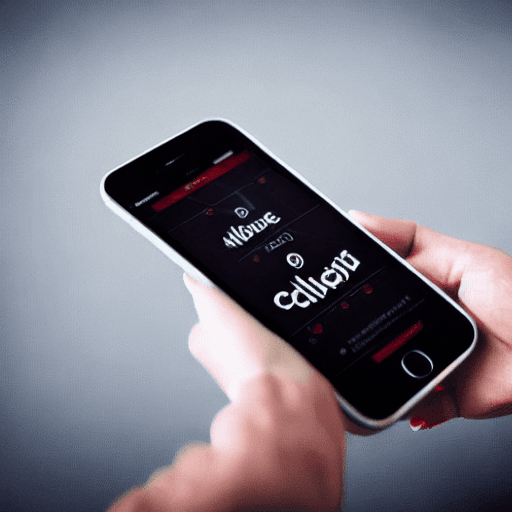

In today’s digital landscape, mobile devices are the primary gateway to the internet for billions of people. Consequently, mobile advertising has exploded in popularity, and Google Ads has adapted to meet this shift. However, simply running ads on mobile isn’t enough. To truly maximize your return on investment (ROI), you need a sophisticated understanding of mobile ad targeting strategies. This post delves into the critical strategies for targeting your ideal customers effectively through Google Ads, focusing on how mobile optimization plays a crucial role in driving performance.
Traditionally, Google Ads campaigns were largely focused on desktop users. However, the shift towards mobile usage demanded a fundamental change in approach. Now, Google Ads offers a wealth of targeting options specifically designed for mobile users. Ignoring these options means missing out on a massive segment of potential customers. This article will break down the most effective mobile ad targeting strategies, providing actionable insights and real-world examples to help you build campaigns that resonate with your audience. We’ll explore how optimizing your ads for mobile devices – including responsive design, mobile-friendly landing pages, and location-based targeting – directly impacts your overall Google Ad performance.
Location targeting is arguably the most fundamental mobile ad targeting strategy. Google Ads allows you to target users based on their geographic location. This can be done in several ways:
Real-Life Example: A sporting goods retailer could use radius targeting to reach customers attending a local marathon. They could run ads promoting running shoes and apparel specifically to runners participating in the event. This demonstrates a highly relevant and timely approach.
Key Considerations: Ensure your location data is accurate. Google uses various sources to determine user location, including IP addresses, GPS data (if enabled), and Wi-Fi networks. Be mindful of privacy regulations when collecting and using location data.
Beyond location, Google Ads allows you to target users based on the type of mobile device they’re using. This is particularly useful for app install campaigns and reaching users with specific device features.
Why is Device Targeting Important? Different devices have different capabilities and user behaviors. Targeting users with the latest smartphones can be effective for promoting premium apps or products. Targeting users with older devices can be useful for offering discounts or promotions to encourage upgrades.
Example: A gaming app developer could target users with high-end smartphones to promote a graphically intensive game. They could also target users with older devices to offer a discounted version of the game.
Behavioral targeting leverages Google’s vast data on user browsing history and app usage to deliver highly relevant ads. This is a powerful tool for reaching users who are actively interested in your products or services.
Example: An online travel agency could target users who have recently searched for flights to Hawaii, even if they haven’t made a booking yet. This demonstrates a proactive approach to capturing potential customers.
Important Note: Google’s algorithms continuously learn and adapt based on user behavior. Regularly monitor your campaign performance and adjust your targeting settings to optimize your results.
Retargeting, also known as remarketing, is a crucial component of any successful mobile ad campaign. It involves showing ads to users who have previously interacted with your website or app.
Why is Retargeting Effective? Retargeting users who have already shown interest in your brand is far more likely to convert than showing ads to a completely cold audience. It’s like having a conversation with someone who’s already expressed interest.
Example: An e-commerce store could retarget users who have added items to their shopping cart but haven’t completed the purchase. They could offer a discount or free shipping to incentivize them to complete the transaction.
Accurate conversion tracking is essential for measuring the success of your mobile ad campaigns. Google Ads allows you to track various conversions, including app installs, website purchases, lead form submissions, and phone calls.
Without accurate conversion tracking, you won’t know which targeting strategies are working and which aren’t. This makes it impossible to optimize your campaigns effectively.
Simply targeting mobile users isn’t enough. You must also optimize your ads and landing pages for mobile devices. This includes:
A poorly optimized mobile experience can lead to high bounce rates and low conversion rates.
By effectively combining these targeting strategies with mobile optimization, you can create highly effective mobile ad campaigns that drive results. Remember to continuously monitor your campaign performance, analyze your data, and make adjustments as needed. The mobile landscape is constantly evolving, so staying informed and adapting your strategies is crucial for success.
Disclaimer: This information is for general guidance only and may not be applicable to all businesses. It is important to conduct thorough research and consult with a marketing professional to develop a tailored strategy for your specific needs.
Tags: mobile advertising, Google Ads, ad targeting, location targeting, device targeting, behavioral targeting, app install campaigns, retargeting, conversion tracking, mobile optimization
[…] mobile ad […]